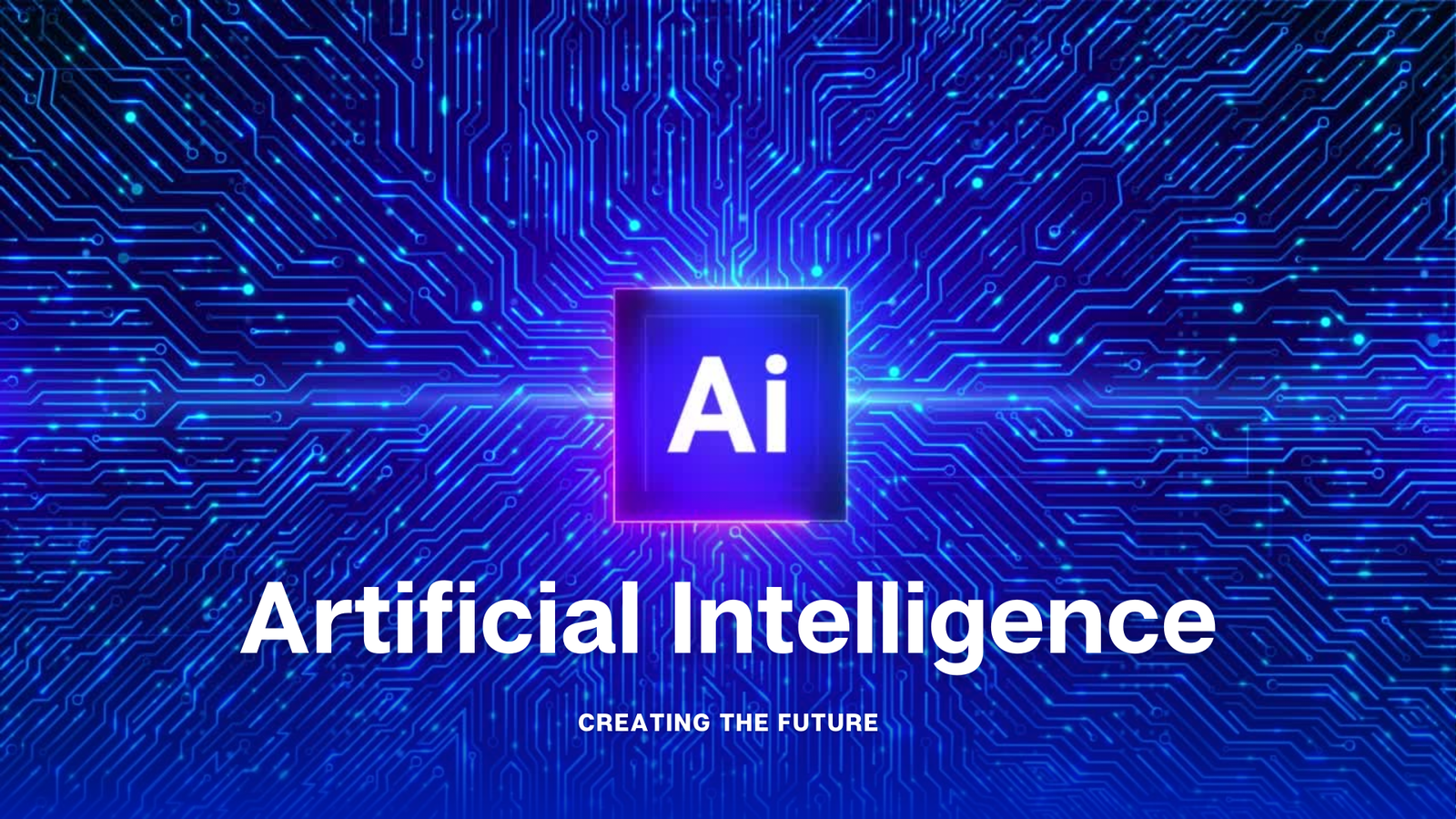Artificial Intelligence in English: Revolutionizing Communication

Artificial Intelligence in English: Revolutionizing Communication
In today’s digital age, Artificial Intelligence (AI) has permeated nearly every facet of our lives. From virtual assistants on our smartphones to recommendation algorithms on streaming platforms, AI’s impact is undeniable. This article delves into the fascinating world of Artificial IntelligenceEnglish, exploring how it is revolutionizing communication and providing insights, FAQs, and valuable information regarding this groundbreaking development.
Table of Contents
- Introduction
- Understanding Artificial IntelligenceEnglish
- The Role of AI in Language Translation
- AI in Content Generation
- Enhancing Customer Support with AI Chatbots
- AI and Data Analysis in Language
- The Future of Artificial IntelligenceEnglish
- Frequently Asked Questions (FAQs)
- Conclusion
1. Introduction
In our interconnected world, effective communication is paramount. Whether you’re a business owner seeking to expand into global markets or an individual connecting with friends from diverse backgrounds, language barriers can be a significant hurdle. This is where Artificial IntelligenceEnglish comes into play.
2. Understanding Artificial IntelligenceEnglish
What is Artificial IntelligenceEnglish?
Artificial IntelligenceEnglish refers to the integration of artificial intelligence and machine learning technologies into the field of language translation and communication. It’s designed to break down language barriers by enabling seamless and accurate translation between languages.
How Does AI Make Communication Easier?
AI achieves this by analyzing vast datasets of language patterns and structures, allowing it to generate contextually accurate translations. As a result, individuals and businesses can communicate effortlessly with people from different linguistic backgrounds.
3. The Role of AI in Language Translation
Language translation has historically been a challenging task for machines. However, AI has significantly improved the accuracy and speed of translation. Some notable features of AI-driven language translation include:
a. Multilingual Capabilities
AI-powered translation tools can handle multiple languages simultaneously, making them indispensable for global businesses and international travelers.
b. Real-Time Translation
With AI, real-time translation is possible. Conversations can happen in different languages, and AI ensures that everyone understands each other.
c. Contextual Understanding
AI algorithms consider context, idioms, and cultural nuances, ensuring translations are not just literal but also culturally sensitive.
4. AI in Content Generation
How Does AI Assist in Content Creation?
AI has revolutionized content generation by automating the process. Content creators and marketers now have access to powerful tools that can:
- Generate blog posts, articles, and product descriptions.
- Create engaging social media posts.
- Produce email marketing campaigns.
AI-driven content generation not only saves time but also maintains high-quality output.
5. Enhancing Customer Support with AI Chatbots
Why are AI Chatbots Essential for Customer Support?
AI-powered chatbots have transformed customer support operations. They offer:
- 24/7 availability for customer inquiries.
- Quick responses to frequently asked questions.
- Personalized recommendations based on user interactions.
This not only improves customer satisfaction but also reduces operational costs.
6. AI and Data Analysis in Language
How Does AI Analyze Language Data?
AI excels in data analysis, including sentiment analysis, voice recognition, and natural language processing. These capabilities are utilized in:
- Social media monitoring for brand reputation management.
- Speech recognition for accessibility and transcription services.
- Analyzing customer feedback for product improvement.
7. The Future of Artificial IntelligenceEnglish
The evolution of Artificial IntelligenceEnglish is ongoing. The future promises:
- More accurate and natural language translations.
- Advanced chatbots with emotional intelligence.
- Enhanced content generation capabilities.
- Seamless integration of AI into daily communication tools.
8. Frequently Asked Questions (FAQs)
Q1: Can AI completely replace human translators?
While AI has made significant strides in language translation, it is not a complete replacement for human translators, especially in complex and culturally sensitive contexts. Human translators bring cultural nuances and context that AI may not fully grasp.
Q2: Is AI content generation suitable for all industries?
AI content generation is versatile and can be applied to various industries. However, industries that rely heavily on creativity and human touch, such as arts and literature, may still prefer human-generated content.
Q3: How secure is AI in processing sensitive information?
AI systems used in language processing and communication are designed with security in mind. Data encryption and privacy protocols are implemented to protect sensitive information.
9. Conclusion
Artificial IntelligenceEnglish has transformed the way we communicate, breaking down language barriers and enhancing various aspects of communication, from translation to content creation and customer support. As AI continues to advance, it holds the promise of even more sophisticated language solutions.
Embrace the power of AI to improve your communication strategies and stay at the forefront of innovation. Explore its applications in your industry and discover how it can streamline your processes and expand your reach.
For more in-depth insights into AI and language, feel free to connect with me on for consultation or collaboration. If you found this article valuable, consider supporting me with a coffee:
Remember, the future of communication is here, and Artificial IntelligenceEnglish is leading the way.



